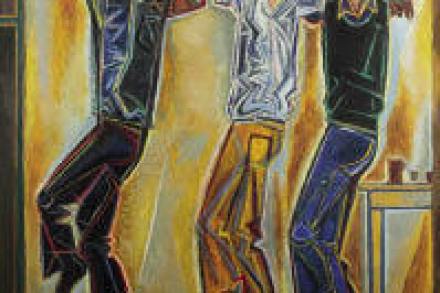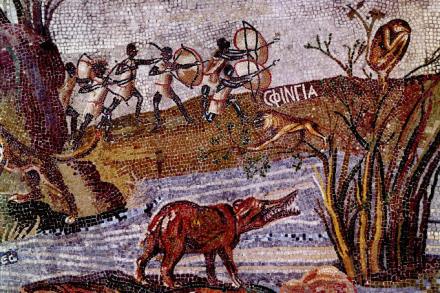The English El Greco
Talk about ‘enemies of promise’. Talk about ‘enemies of promise’. In the March 1942 number of Horizon magazine there appeared what could be a heartfelt illustration of the whinger’s conceit propagated by Horizon’s editor, Cyril Connolly, to the effect that life stifles artistic ambitions. Plate 2, ‘Dreamer in Landscape’ by John Craxton, is a pen-and-wash


